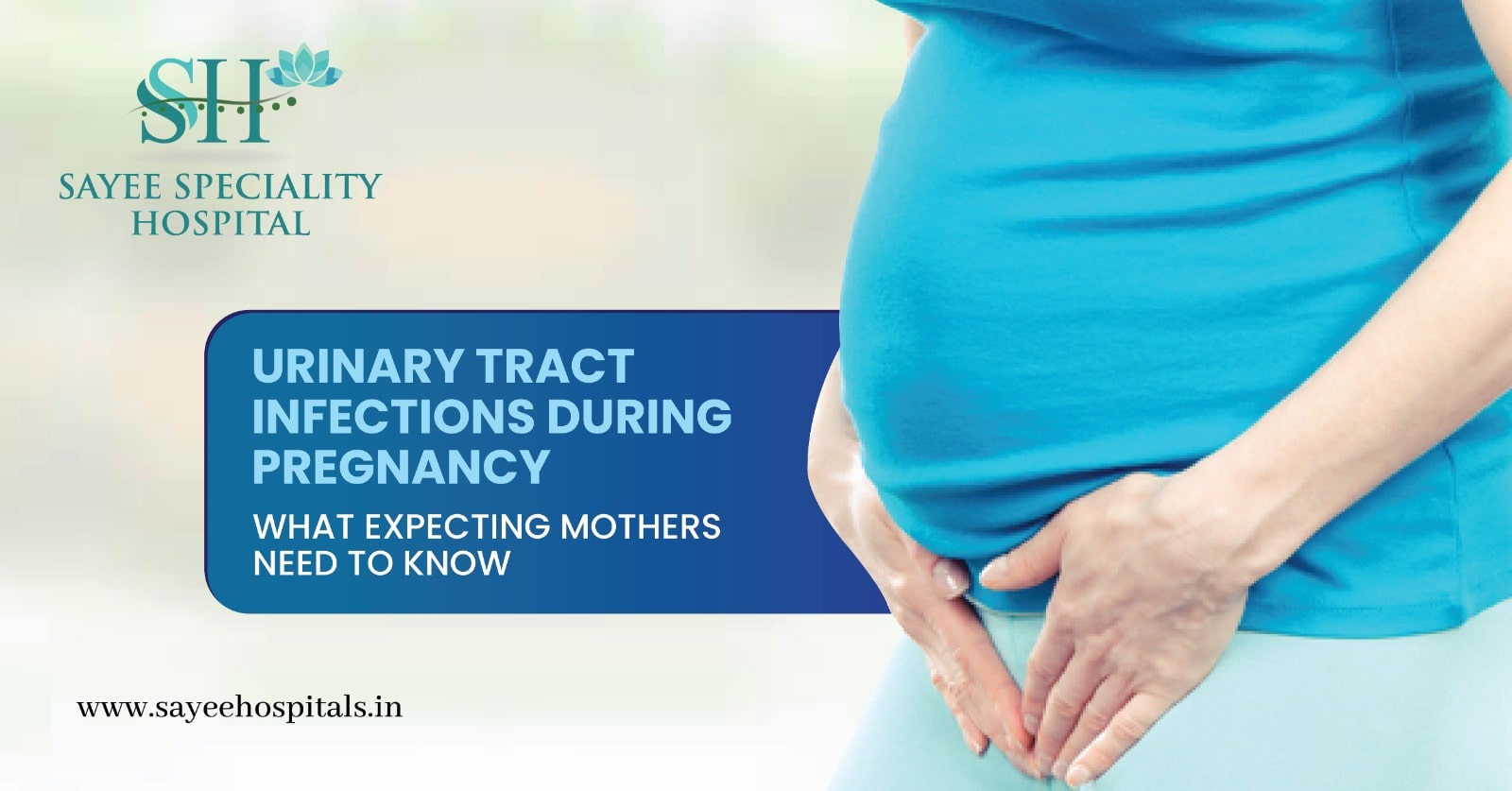Urinary tract infections (UTIs) pose a common health concern for women, with susceptibility increasing during pivotal life stages such as pregnancy. Understanding the causes, symptoms, and effective management strategies is crucial for maintaining overall well-being.
UTIs typically occur when bacteria, most common being Escherichia coli (E. coli), infiltrate the urinary tract, sometimes involving different parts of the urinary system: the bladder, urethra, ureters, and kidneys. The close proximity of the urethra to the anus facilitates bacterial entry. Additional factors contributing to UTIs include weakened immunity, hormonal fluctuations, certain contraceptives, menopause, urinary tract anomalies, inadvertent sex, and hygiene habits.
Recognizing UTI symptoms is paramount for timely intervention. These may manifest as a frequent urge to urinate, accompanied by a burning sensation, cloudy or foul-smelling urine, lower abdominal discomfort, and occasionally, hematuria. More severe cases may entail fever, chills, and fatigue, indicative of kidney involvement.
While home remedies can mitigate mild UTI symptoms, seeking medical evaluation is imperative for persistent or worsening conditions. Diagnostic urine analysis aids in identifying the causative bacteria and tailoring appropriate antibiotic therapy. Completing the prescribed antibiotic course is essential to eradicate the infection fully and prevent recurrence.
Pregnancy amplifies susceptibility to UTIs due to physiological changes. The expanding uterus exerts pressure on the bladder, impeding complete voiding, while hormonal shifts, notably elevated progesterone levels, predispose to ureteral relaxation and stasis. Left untreated, UTIs during pregnancy may escalate to kidney infections, jeopardizing maternal and fetal health.
Symptoms of UTIs during pregnancy may mirror normal physiological changes, necessitating vigilance and consultation with healthcare providers. Routine prenatal urine tests facilitate early detection of UTI. Antibiotics deemed safe for pregnancy are prescribed promptly upon confirmation of UTIs, emphasizing the importance of adherence to the treatment regimen.
Preventive measures play a pivotal role in mitigating UTI risk. Adequate hydration, prompt voiding post-intercourse and meticulous perineal hygiene reduce bacterial proliferation. Avoiding irritants like harsh soaps and bubble baths further fortifies preventive efforts.
In conclusion, UTIs are a prevalent concern for women, particularly during pregnancy. Empowering individuals with knowledge about UTI triggers, symptoms, and management strategies is imperative for promoting women’s health. By embracing proactive measures and seeking timely medical intervention, women can effectively navigate UTIs, ensuring optimal well-being for themselves and their unborn children.
